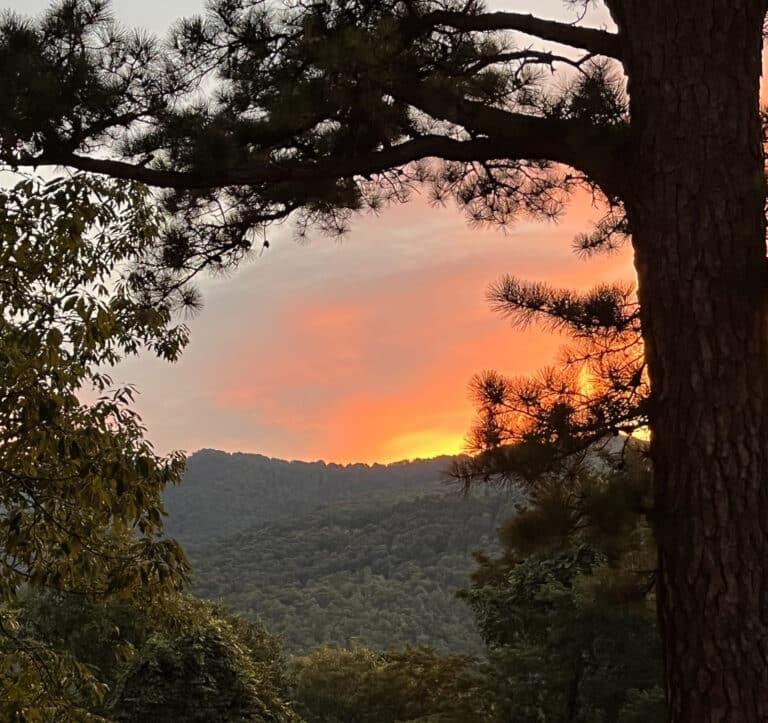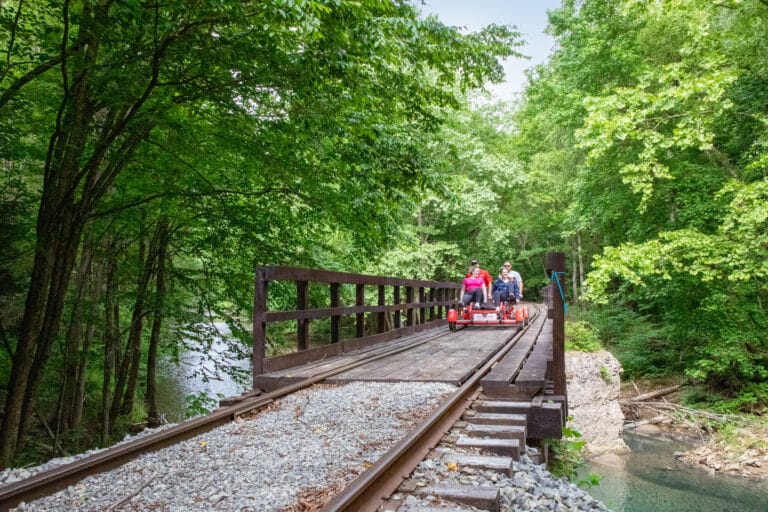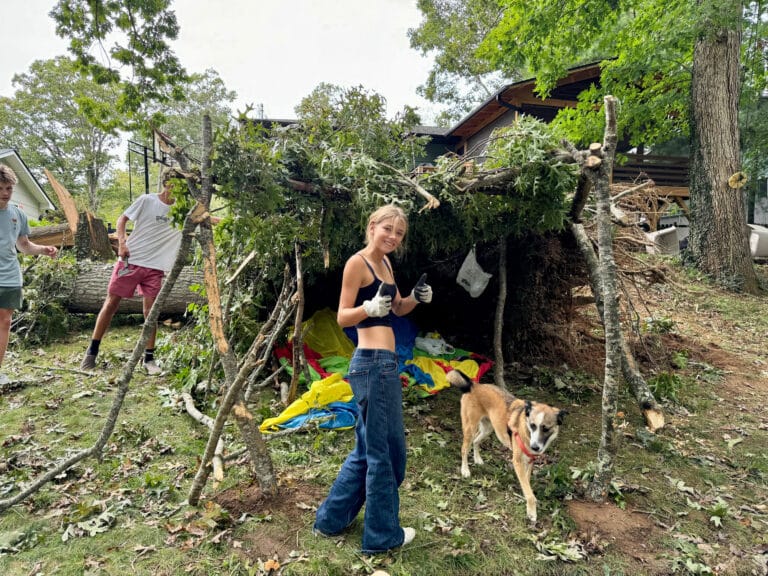The Mountain Institute helps Appalachian communities climb out of poverty.
Life in the mountains is hard. Just ask Otzi the Ice Man, who lived in the Alps some 5,300 years ago. Archaeologists believe that his threadbare clothing and worn-down bones reveal a difficult life scratched out from a severe, high altitude landscape.
Even today, mountain dwellers face unique challenges. That has inspired the work of The Mountain Institute (TMI), a nonprofit dedicated to empowering mountain communities worldwide to protect the rugged landscapes they call home. With offices on three different continents, TMI works in communities nestled in the world’s longest, highest, and oldest mountain ranges: the Andes, Himalayas, and Appalachians.

“The people who stay and live in these places are hardy individuals,” says Bob Davis, CEO and 30-year employee of The Mountain Institute. “They are people with strong cultures and a powerful sense of identity.”
They also face similar challenges, says Davis. “In the Andes, a major issue is mining. In the Himalayas, Tibetans lack access to markets and government investments. They sound a lot like the challenges people face in the Appalachians.”
While they may face similar obstacles, The Mountain Institute develops unique and distinct approaches for each location. In Asia, TMI helps build trails and bridges, allowing the Nepalese to travel safely to hospitals and food sources. In the Andes, they create community-based tourism projects that protect biodiversity hotspots while diversifying local livelihoods. And in West Virginia, TMI focuses mainly on educating public school children about the mountains that surround them.
“In most other countries, mountains are respected for the critical role they play in the overall well-being of the society,” Bob Davis says. “But people don’t see the mountains for what they are in the U.S. People know why we shouldn’t cut down the Brazilian rainforest, but they don’t know why the Appalachians are so important.”
Most of the educational focus is on water. All of the major rivers in the world have their headwaters in mountains, and almost every major city in the U.S. gets its drinking water from mountains. In Appalachia, Richmond, Charlottesville, Roanoke, Blacksburg, and D.C. source their water from rivers with headwaters in the mountains. All of the decisions that are made concerning the mountains of West Virginia—especially mountaintop removal mining—eventually make their way downstream.
“Even if you never set foot in these mountains, you’re connected to them,” Davis says. “When you turn on your tap, you’re connected to the mountains.”
The Mountain Institute has a permanent facility located on 400 acres on the side of Spruce Knob, West Virginia’s highest peak, where the staff is concerned with improving environmental literacy by teaching West Virginia’s public school kids about the ecosystem surrounding them.
“We use education as a gateway to sustainability,” says Dave Martin, the program director at TMI’s Spruce Knob Center.
TMI develops science-based curriculum for public schools, trains teachers to relate scientific concepts to a student’s immediate surroundings, and hosts multi-day field trips where students get a hands-on approach to geology, hydrology, and mountain ecology.
“In standard science textbooks, there are no chapters on the Appalachian Mountains,” Martin says. “The kids are reading about the Amazon. Most of our kids aren’t going to visit the Amazon. We take those lessons and apply them to the Appalachians, to their home landscape.”
TMI reaches 2,000 public school students a year, and also offers similar exercises to private school kids from D.C, New York, and Philadelphia, as well as individual campers during the summer. The “stewardship through education” method manages to address two key issues within West Virginia at once: the lack of quality public education within the state, and the potential disconnect between locals and the landscape they call home. Trends over several years show higher standardized test scores from kids in the TMI program, and perhaps more importantly, kids leave the program with a deeper connection to the ecosystem that surrounds them.
“If you can make the lessons familiar, it sticks. It will mean something to them if you can make it locally relevant. And those kids are better equipped to make educated decisions when they’re adults.”
TMI’s Spruce Knob programs have been so successful that they’ve been tapped by the National Park Service to create similar education programs across the country. And recently, TMI has taken the stewardship through education approach beyond school-aged kids to adults in the position to make powerful decisions that affect mountain communities. Over the last three years, TMI has worked to broaden West Virginia’s energy scope through wind energy projects and methane gas production that can have more local ownership.
Over 90 percent of coal seams and production facilities in West Virginia are owned by out-of-state interests.
“The companies employ fewer and fewer people, and are taking out more and more coal,” observes Hugh Rogers, president of the West Virginia Highlands Coalition. “The money is going directly out of state, bypassing the local communities.”
Thanks in part to TMI’s work, there are now three landfill methane gas projects in development within the state. These small-scale energy projects create a more diverse economy where mountain communities aren’t as dependent on resource extraction.
“We don’t want to be an organization that’s against something,” Bailey says. “We’re for clean water, local empowerment, and local ownership.”






